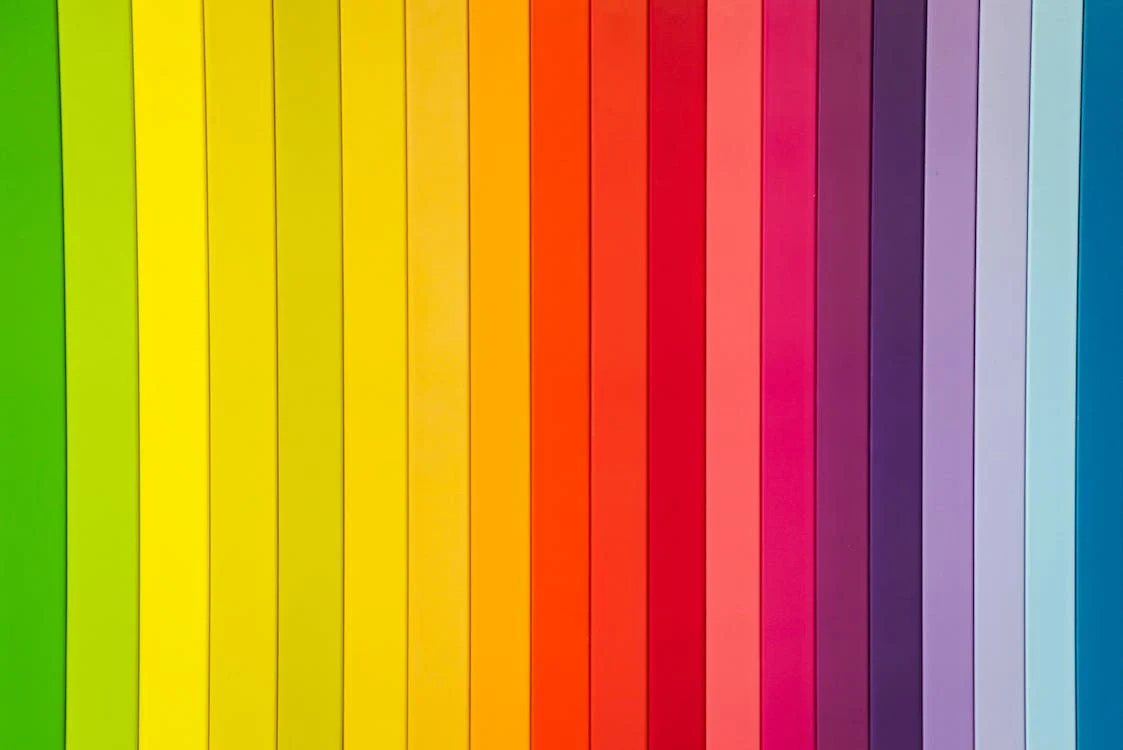
How does light and colour affect us?
A photo recently went around Facebook about stating that some areas in Scotland and Japan switched to blue street lights at night and saw a decrease in crime and suicide rates. If it’s that simple, this surely needs to be looked into…!
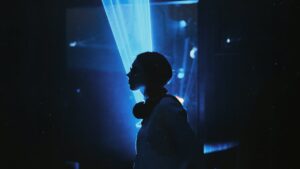
In Glasgow some street lighting has been altered for aesthetic reasons and some anecdotal reports indicated a reduction in crime. The research in Japan involved 71 railway stations and the blue LEDs appeared to reduce suicides by 84%. However, an article published later indicated the apparent reduction in suicide rate could have been misleading as there were additional details such as position and timing that was not taken into account. The claim is therefore unproven since in neither case was it possible to explain the mechanism by the which the lighting could work or find a definitive causal link.
However, I know that lighting and seasons affect mood so I thought I’d look into this a little further…
Light and mood
A study published in Ergonomics considered 988 people across 4 countries to determine whether mood of people who work indoors was affected by seasons and proximity to a window. The mood of people far north of the equator changed significantly depending on the season, which did not occur in people closer to the equator. The effect the amount of light had on mood appeared to be related to the individual experience (rather than objective measurement of luminescence). Mood was lowest when lighting was experienced as “much too dark”, mood was best when lighting was experienced as optimum, however, mood decreased again once lighting was too bright.

In my experience some people like bright light and will turn an artificial light on early in the evening even when light from a window, in my opinion, is sufficient. I can feel overwhelmed and over-stimulated in a bright office. This is tricky to manage since most of us work in teams, if not in offices holding large numbers of people – lighting (and therefore mood) would be optimum for one person but not for another. If you work at home and/or alone personalised lighting should be thoughtfully considered.
Seasonal Affective disorder
Looking further into seasonal differences, the existence of Seasonal affective disorder (SAD) is evidence itself that people are affected by the seasons. SAD is a recurrent major depressive disorder beginning in the autumn and continuing through winter. A study has shown that SAD is more prevalent the further away from the equator people live. This could be due to a number of factors including light, specific weathers, temperature or perhaps culture. Successful treatments include medication, indicating chemicals in the brain such as serotonin are affected and psychotherapeutic approaches provide people with ways to work through negative thought and behaviour patterns as well as alternative ways of problem solving etc. However, the most highly promoted and successful treatment is light therapy. The use of light boxes emitting the full colour spectrum, similar in composition to sunlight have been found consistently to show significant improvements in symptoms. In Scandinavian countries research into light rooms (indirect and evenly distributed) has been carried out and has proven benefits. Insufficient vitamin D is also linked to depression and can be due to low dietary intake but particularly due to a lack of sunlight since we absorb it through the skin. Light therapy can also be of use in re-setting the circadian rhythm (via the impact light has on melatonin production) in people with sleep disorders, people working shifts or to quickly correct jet lag.
Colour and mood
A study published in Genetic Psychology revealed that people respond differently to colours, finding bright colours eliciting more positive emotions while darker colours were associated with emotions perceived as negative. A similar study with children as subjects had the same outcomes, the brighter colours being, primarily pink, blue and red, and dark colours were brown black and grey. These studies also found that females had a greater emotional response than males. These responses make sense when considering the seasons. Winter is naturally more dull with grey overcast clouds literally darkening our world while Spring sees the emergence of daffodils and bluebells, naturally brightened by sunshine the clouds gradually part to reveal.
Biological affects of light and colour
So what effects does light have on the body? When light strikes the retina they are converted into electrical impulses, these pass to the hypothalamus which regulates the autonomic nervous system (e.g. breathing and heart rate) and other functions such as sleep (circadian rhythm), sexual functions, appetite and metabolism. Light is part of the electromagnetic spectrum so it is no wonder that inside the brain different colours will produce different responses!
It has been found that warm colours, such as reds, oranges and yellows increase heart rate, arousal and are associated with excitement – for some this excitement may be anger or irritability, for others, cheerfulness and joy. Yellow has also been found to trigger the release of serotonin (the “feel good” neurotransmitter lacking in the synapses of people with depression). While cool colours, such as blues and purples have been found to have more of a calming affect, decreasing heart rate, breathing rate and lowering blood pressure. Sometimes this could be perceived as a good thing, at other times people may feel drowsy or sluggish.
Other influences
Some colours will simply be preferred by different people depending on their experiences (for example a particular blue of a certain logo distresses me due to the experience I had working for that company) . There are also cultural influences, for example purple has become a symbol of royalty, simply because when dying of fabrics was first available, purple dye was expensive. Green is often viewed as lucky, in, for example, in Irish culture it is the colour of the 4 leaf clover etc.
Unfortunately it is not simply a case of surrounding ourselves with a particular colour in order to feel a particular way. There are many other factors impacting our emotional state and thus our susceptibility to the influence of the colours. Mental illness and the process of arriving at suicidal thoughts, feeling and actions are is complicated and thus, blue lights at suicide hotspots is unlikely to significantly impact an individual’s actions. I have been fascinated by the amount of research there has been into light, colour and it’s impact on our health and mood. Sunlight, in particular is vital for our overall health. Individuals may find specific colours useful – for more info follow the links or just give it a “Google”!
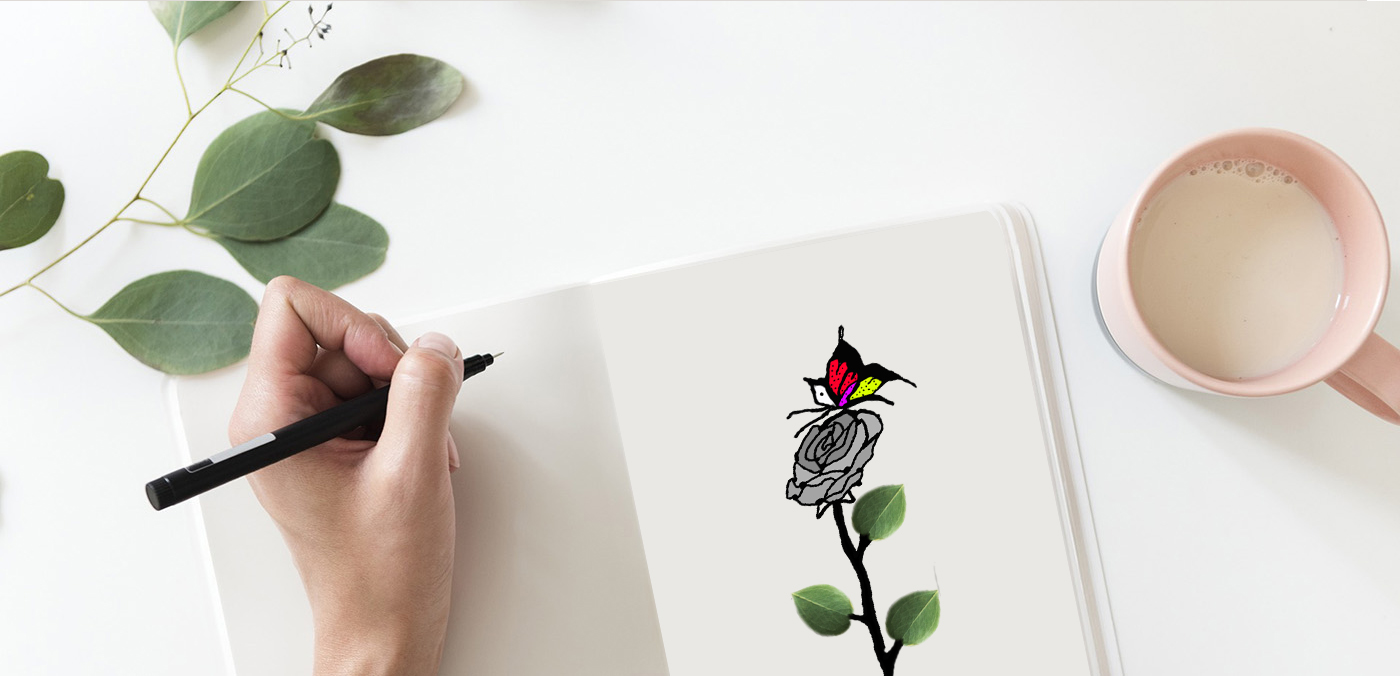


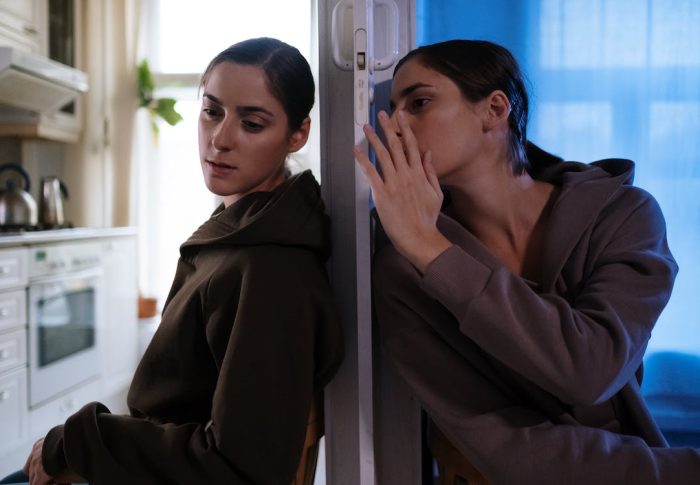
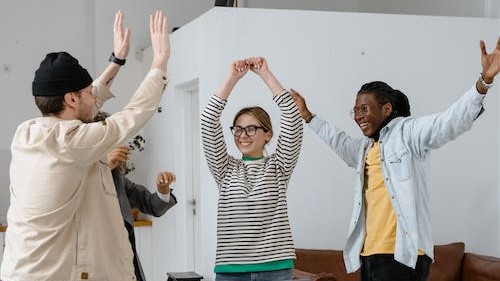
Comments
“The traffic lights they turn blue tomorrow” -Jimi Hendrix 1967